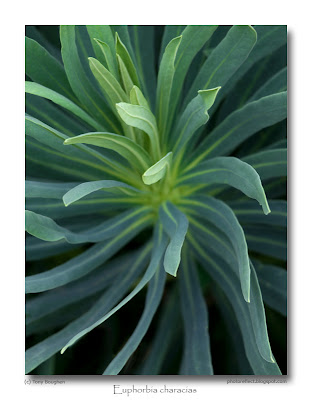 click photo to enlarge
click photo to enlargeDoes it matter if we can't define art? Many, particularly contemporary artists, are, in the language of today, "very relaxed about the issue." Well, you might say, they would be wouldn't they, because it allows them to pass off any old rubbish as art! I was thinking about this as I read of Antony Gormley's transformation of the empty plinth in Trafalgar Square. For those who've missed the news about his latest work here's the background. This particular plinth has long been empty, and discussions about what piece of sculpture might fill it have taken place over the years. In recent times artists have put forward designs and displayed pieces on it on a temporary basis. However, from 6th July this year Gormley's idea took effect. It involves a person dressed as they wish, doing whatever they like (within the bounds of legality and decency) occupying the plinth for one hour, after which they are replaced by the next person for the next hour, and so on, twenty four hours a day until 14th October. That's it.
There are many who are excited about this "installation", seeing it as a creative, "involving" piece, offering four times Andy Warhol's "15 minutes of fame" to thousands of anonymous individuals. Others see it as an abrogation, the passing of the creative element to others, with Gormley responsible only for the initial "idea". And then there are those who see it as another example of the new-found primacy of conception in art and the accompanying abandonment of skill and technique. It's fashionable to say that anything can be art, or that anything defined as art by an artist can carry the title. I've even heard someone recently quoting the old saying that "art is anything taken out of context", which I think was Duchamp's justification for his signed "ready-mades". For me the problem is this: without the intervention of the artist and their words, we often can't distinguish a piece of art from, say, a joke, an arrangement of domestic objects, a pile of litter, a piece of street theatre, etc, and consequently the "works" are incapable of standing on their own. Nor is much art today judged solely on their merits: it is mediated by the surrounding verbiage of the artist and their acolytes. Moreover, with art of this sort the critical tools that we traditionally use to judge quality are useless, and that means we can't separate the good from the bad, the charlatan from the inspired. If we accept the "anything goes" world of art we get the artists we deserve including the juvenilia of Banksy, the gadfly hollow glitter of Damien Hurst, and the emptiness of Anthony Gormley's offerings.
Which brings me to today's photograph. It shows some leaves of a variety of Euphorbia characias, a perennial that belongs to one of the most diverse genera of the plant kingdom. Its Latin name comes from the ancient Greek physician, Euphorbus, who made use of its purgative properties. The English name, Spurge, derives from the Middle English/Old French espurge meaning "to purge." I liked the arrangement, simplicity and colours of the leaves of this variety of Euphorbia which appealed to me more than its quite complex flowers. And the connection with some of the art of today? Well, you might have guessed that I think it is in sore need of a cleansing dose of Spurge!
photograph & text (c) T. Boughen
Camera: Olympus E510
Mode: Aperture Priority
Focal Length: 150mm (300mm/35mm equiv.)
F No: f7.1
Shutter Speed: 1/80
ISO: 100
Exposure Compensation: 0 EV
Image Stabilisation: On